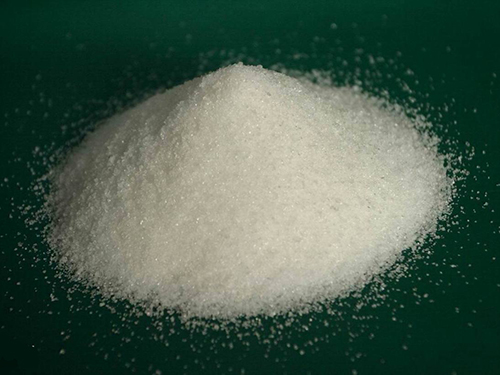Development and Applications of PAM Polyacrylamide in Water Treatment and Soil Management Solutions
PAM Polyacrylamide An Overview
Polyacrylamide (PAM) is a synthetic polymer that finds extensive applications across various industries, making it a crucial material in fields such as water treatment, agriculture, and the pharmaceutical industry. With the chemical formula (C3H5NO)n, PAM is formed through the polymerization of acrylamide monomers, resulting in a versatile compound with numerous beneficial properties.
Properties of PAM
PAM is characterized by its high molecular weight, which can range from tens of thousands to several million daltons. This feature allows PAM to perform effectively as a flocculant, facilitating the aggregation of particles in wastewater and other suspensions. Its structure includes both hydrophilic and hydrophobic characteristics, enabling it to dissolve easily in water and interact with different substances.
One of the standout features of PAM is its ability to enhance soil quality when utilized in agricultural applications. By improving soil structure, PAM helps to increase water retention and reduce erosion, promoting healthier crop growth. This is particularly vital in arid regions where water conservation is paramount for sustainable agriculture.
Applications of PAM
1. Water Treatment PAM is widely used in water treatment processes, particularly in the clarification of drinking water and the treatment of industrial wastewater. As a flocculant, PAM aids in the separation of suspended solids from liquids, improving the overall quality of water. This application is essential for municipal water treatment facilities aiming to meet safety standards and provide clean drinking water to communities.
2. Oil Extraction In the oil and gas industry, PAM is utilized in enhanced oil recovery (EOR) processes. Its ability to modify the viscosity of water allows for improved displacement of crude oil from reservoirs. This application increases oil yields, making extraction more efficient and economically viable.
pam polyacrylamide

3. Agriculture In agriculture, PAM serves as a soil conditioner. Its use leads to better infiltration rates, reduced runoff, and lower erosion rates. As PAM enhances the soil's ability to retain moisture, farmers can achieve higher yields even in less favorable weather conditions. Furthermore, its application encourages the growth of beneficial microbial life in the soil, further enhancing fertility.
4. Pharmaceuticals and Cosmetics PAM is also present in the pharmaceutical and cosmetic industries. It acts as a thickening agent in various formulations, providing a desirable texture and consistency. Its biocompatibility makes it suitable for use in drug delivery systems and personal care products.
Environmental Concerns
While PAM has numerous benefits, there are environmental considerations to keep in mind. The production of PAM involves the use of acrylamide, a substance recognized as a potential neurotoxin and carcinogen. Consequently, it is essential for industries utilizing PAM to adhere to strict safety guidelines to mitigate risks to both human health and the environment.
Moreover, the degradation of PAM in the environment needs to be addressed. Studies indicate that PAM is relatively stable, but its persistence in soil and water can lead to adverse effects on aquatic ecosystems. Researchers are actively exploring biodegradable alternatives that maintain the effectiveness of PAM while minimizing environmental impact.
Conclusion
In conclusion, PAM polyacrylamide is a multifaceted polymer with significant applications across diverse industries, particularly in water treatment, agriculture, oil extraction, and pharmaceuticals. Its unique properties allow it to perform effectively in various roles, making it a valuable asset for enhancing processes and promoting sustainability. However, as with many synthetic materials, it is imperative to consider and manage the environmental concerns associated with its use to ensure a sustainable future. With ongoing research into safer and more environmentally friendly alternatives, PAM is poised to remain a crucial material in many industrial applications.
-
Pbtc Scale InhibitorPBTC: A Scale Protector for Industrial Water TreatmentNewsAug.05,2025
-
Organic Phosphonate: An Efficient Defender in the Field of Scale InhibitionNewsAug.05,2025
-
Hydrolyzed Polymaleic Anhydride: Green Pioneer in Scale Inhibition FieldNewsAug.05,2025
-
PAPEMP Polyamino Polyether Methylene Phosphonic Acid For SaleNewsAug.05,2025
-
Flocculant Water Treatment: A Pioneer in Purification in the Field of Water TreatmentNewsAug.05,2025
-
Benzyl Isothiazolinone: An Efficient and Broad-Spectrum Antibacterial Protective GuardNewsAug.05,2025





